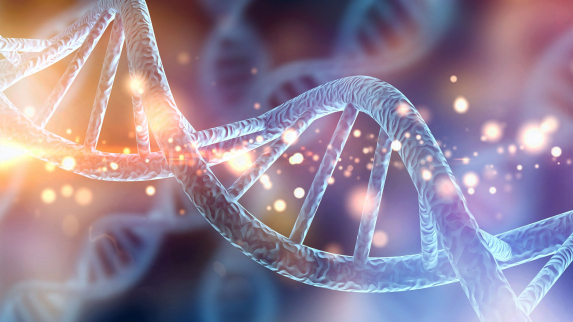A multidisciplinary study published in Nature has elucidated the structure of the machinery responsible for writing much of our “dark genome” — the 98 percent of our DNA that has a largely unknown biological function. These findings — which are illustrated in this video —may spur entirely novel treatments for autoimmune diseases, cancerand neurodegeneration.
An international team of scientists from Rutgers and more than a dozen other institutions, including both academia and industry, have published the first high-resolution images and structural details of a virus-like element known as LINE-1. They describe it as “an ancient genetic parasite” that is one of the most common parts of human DNA (video here). The research was led by Martin Taylor at Harvard Medical School and investigators at the biotechnology company ROME Therapeutics. To read the full story.

